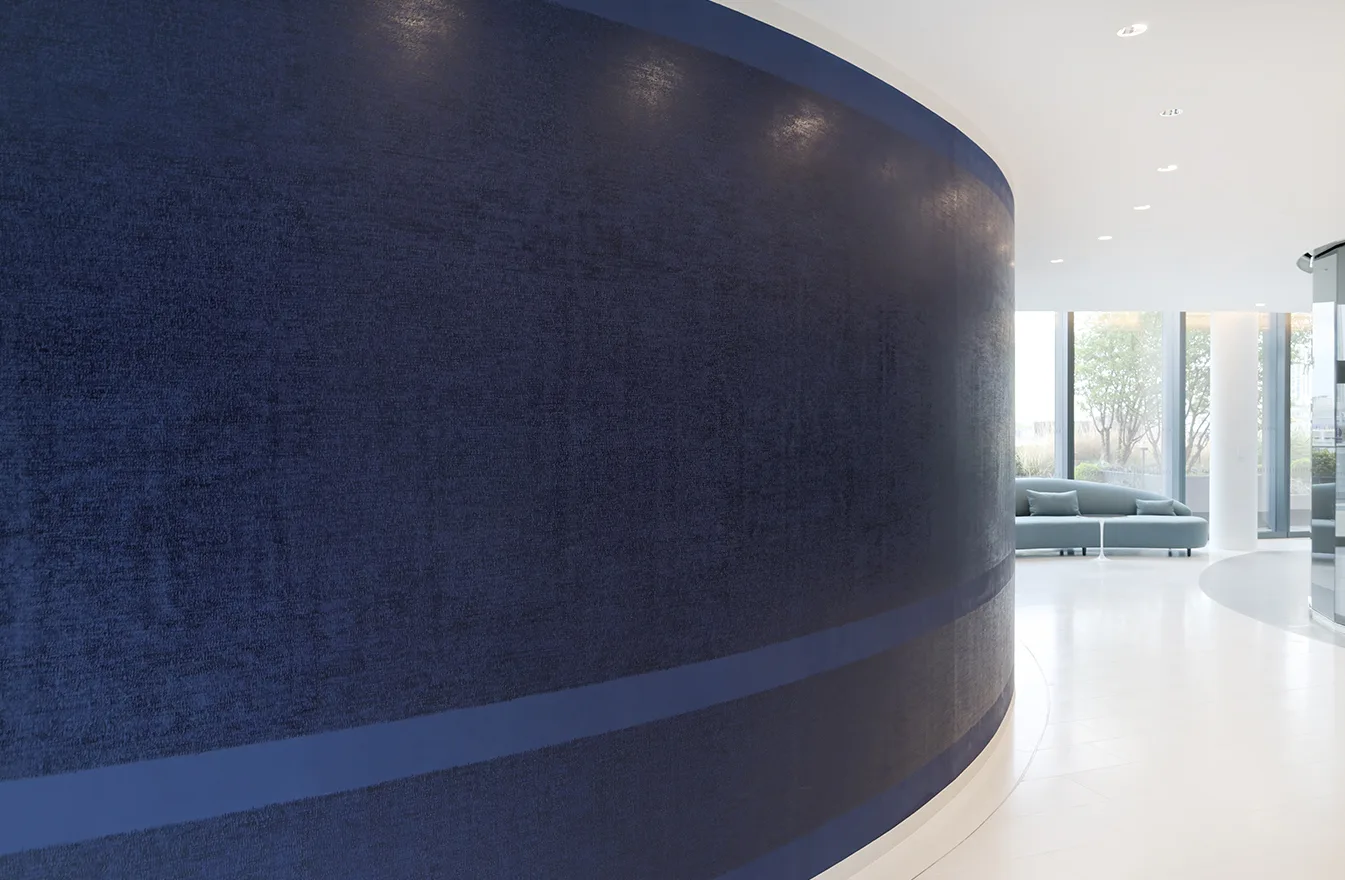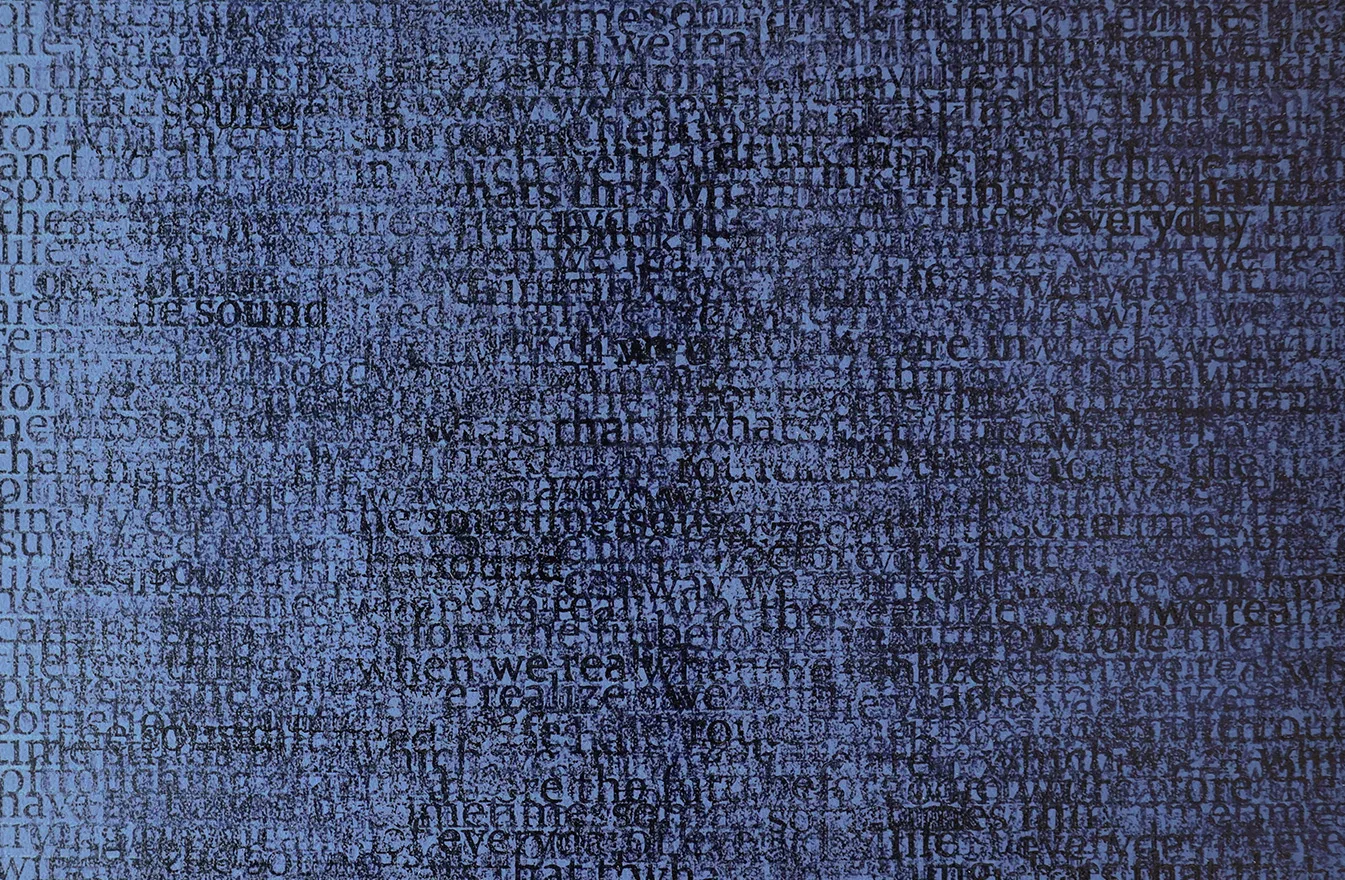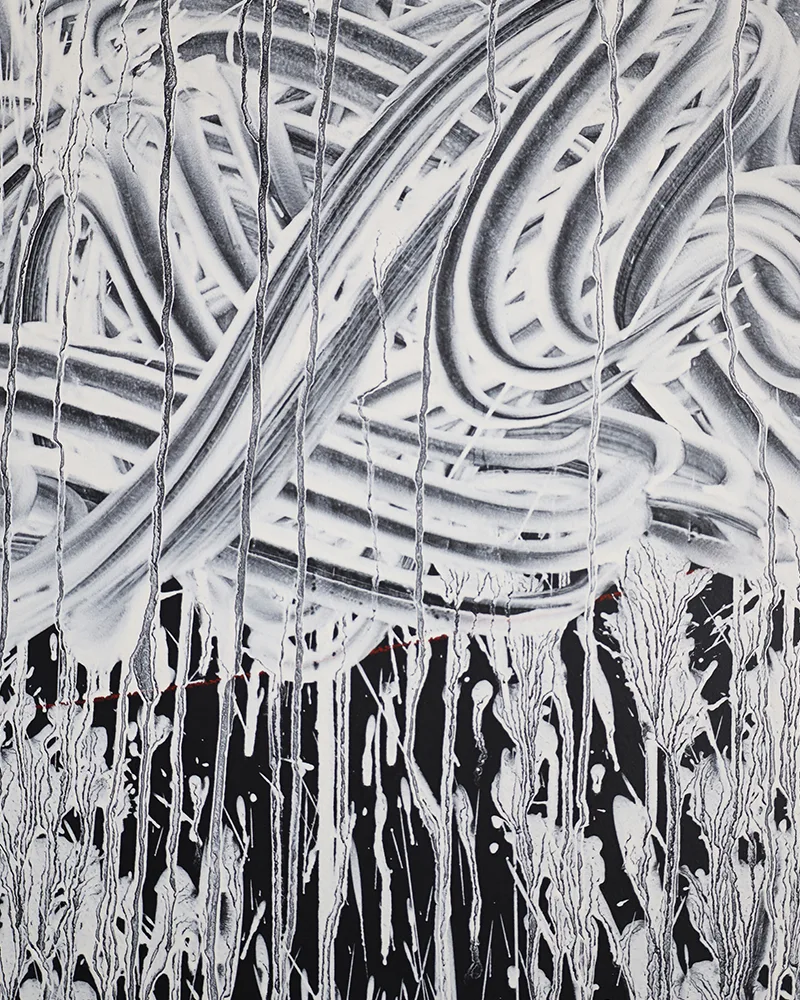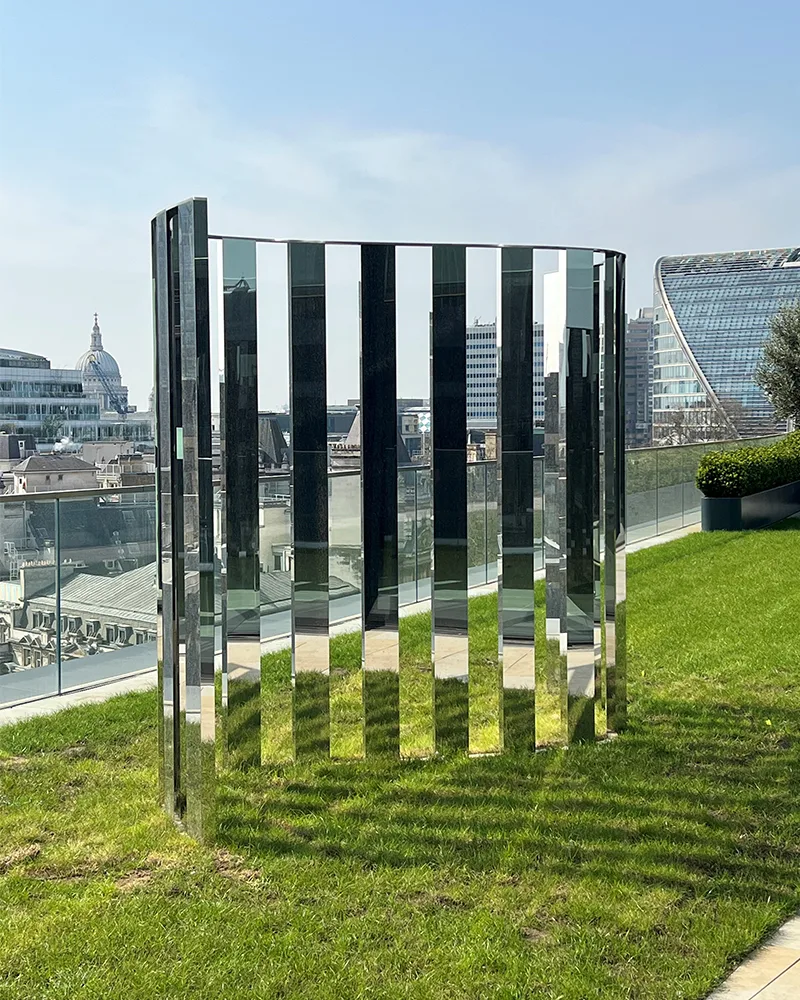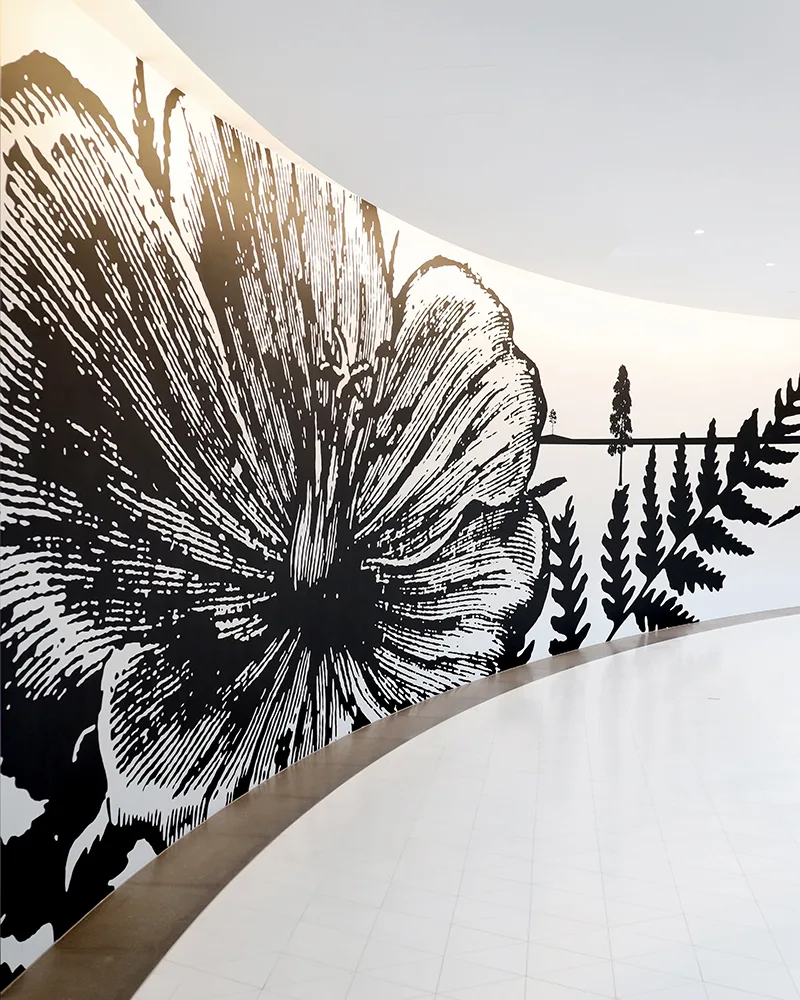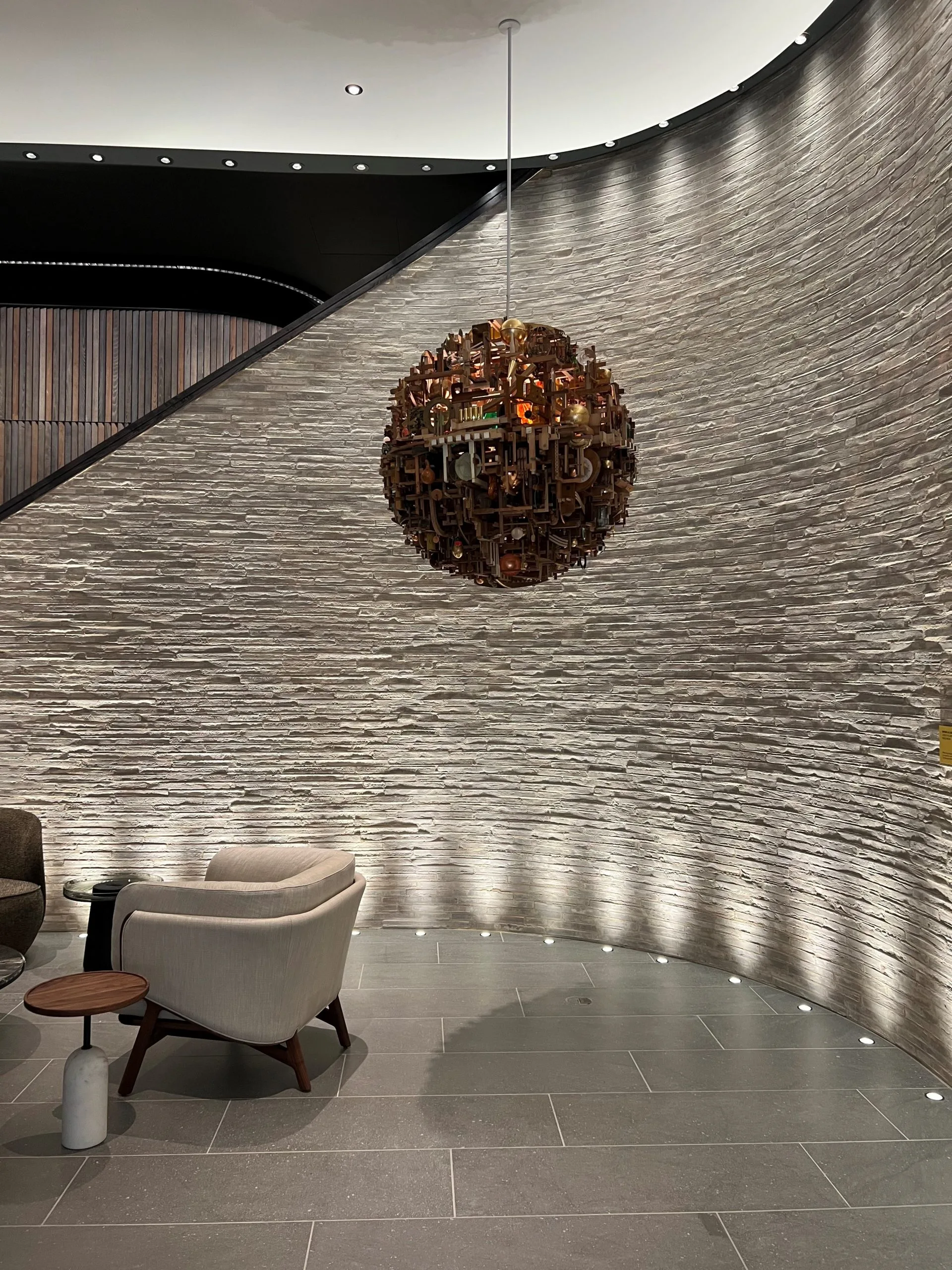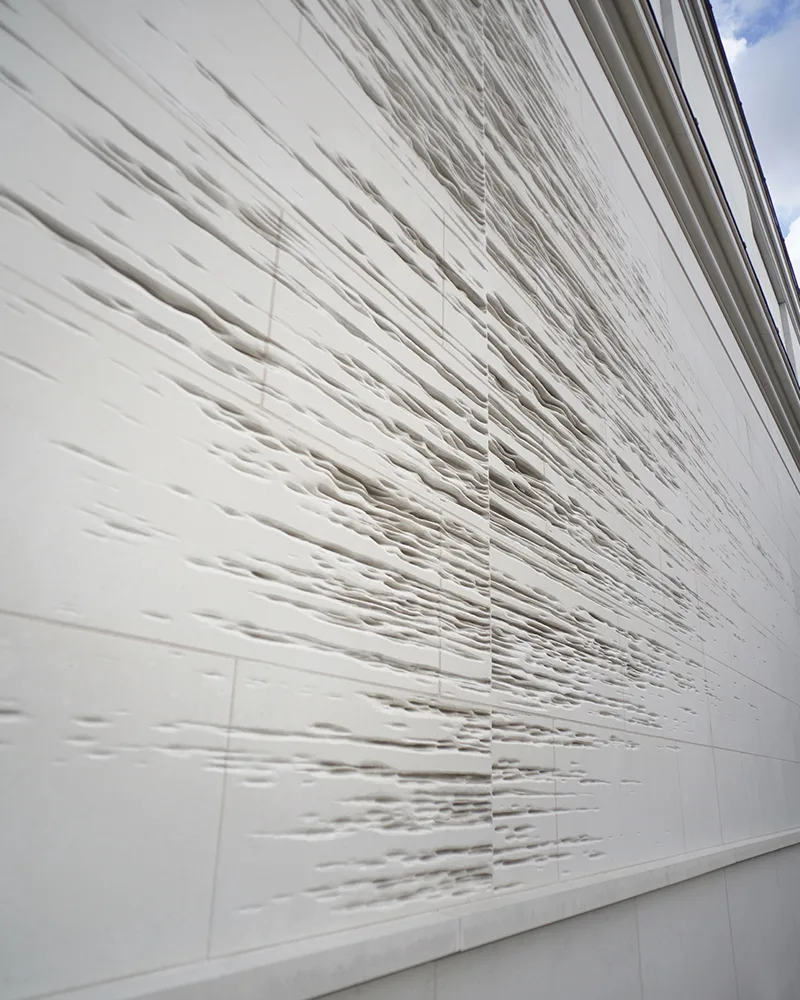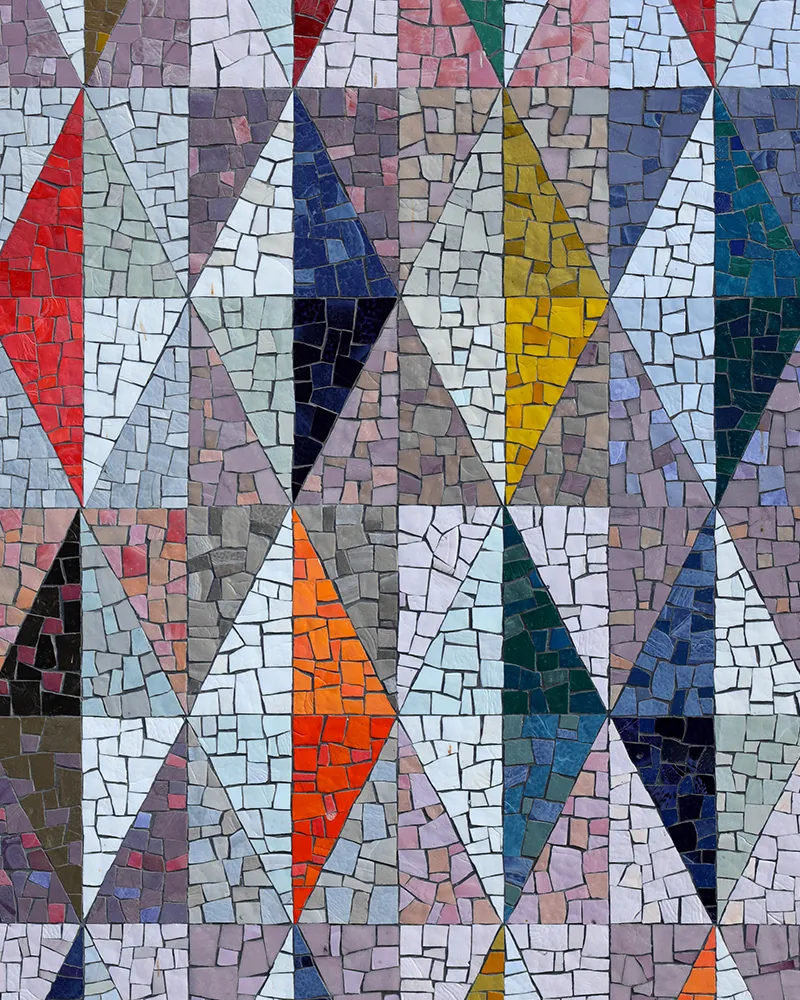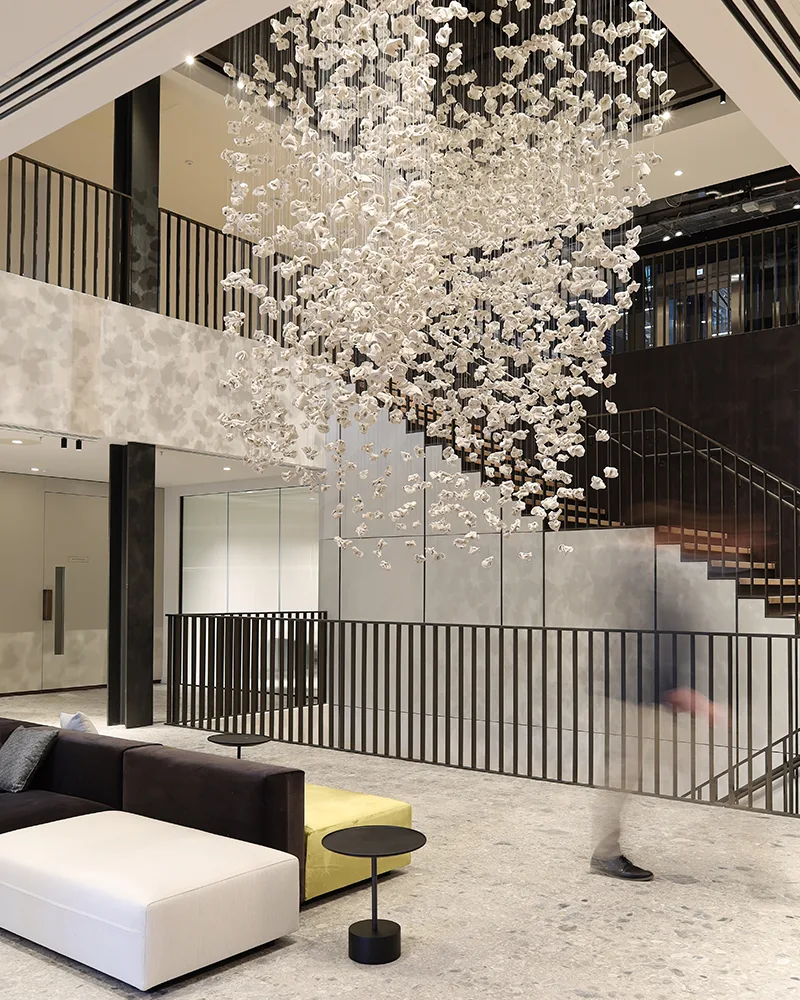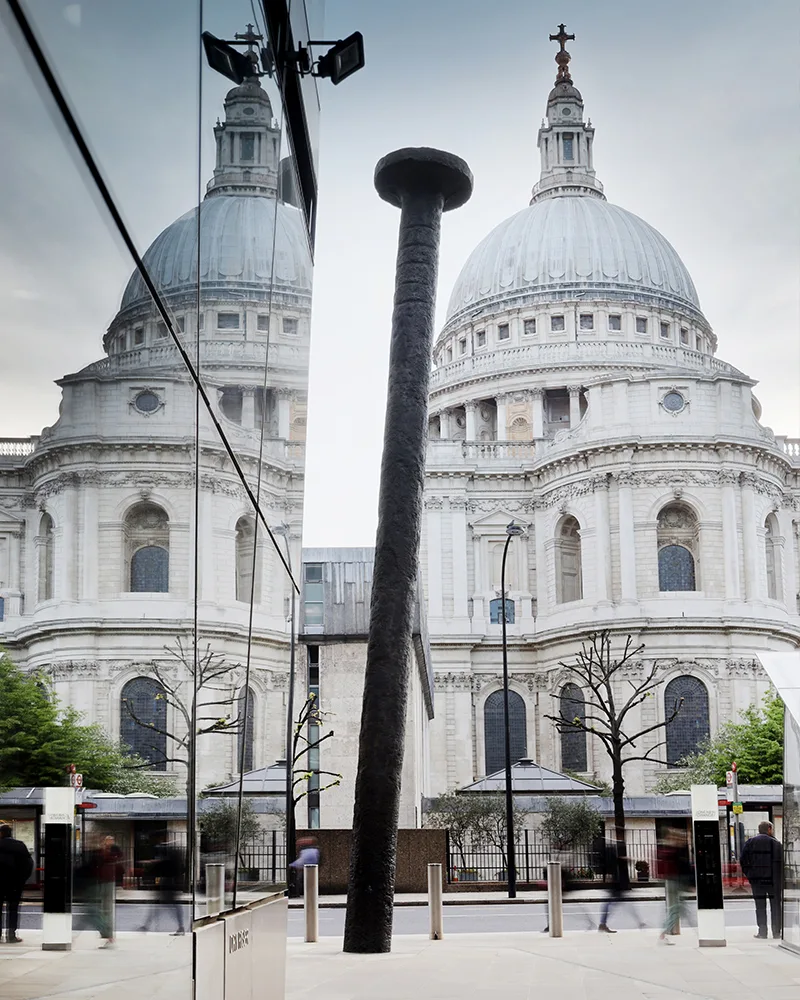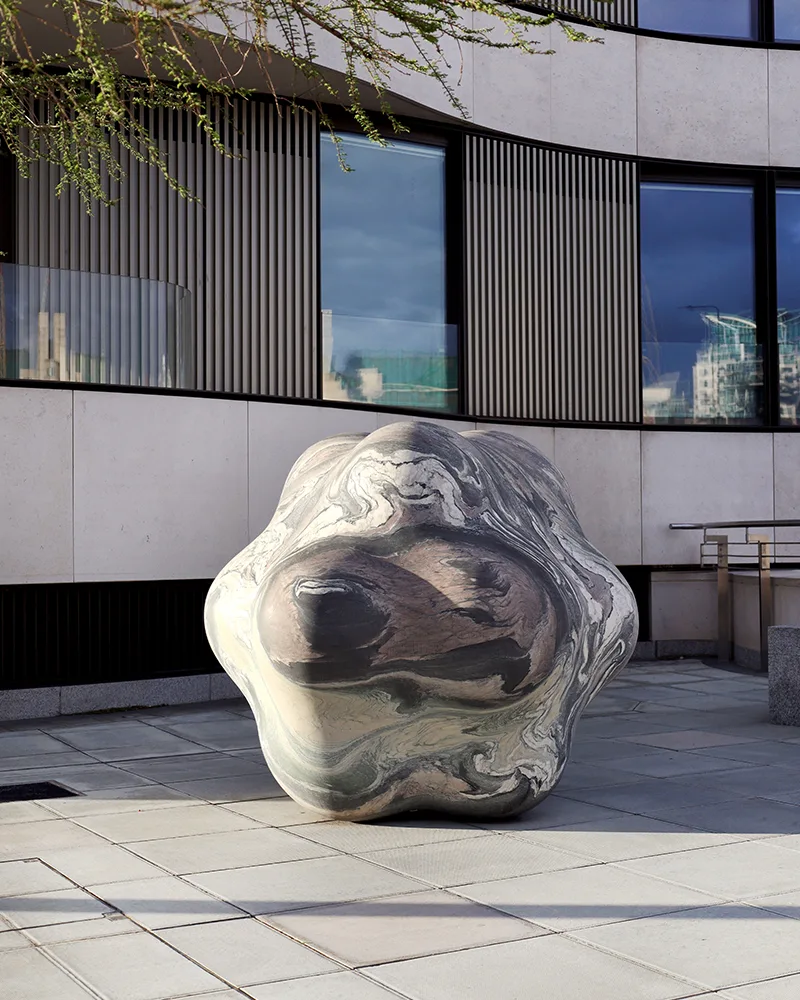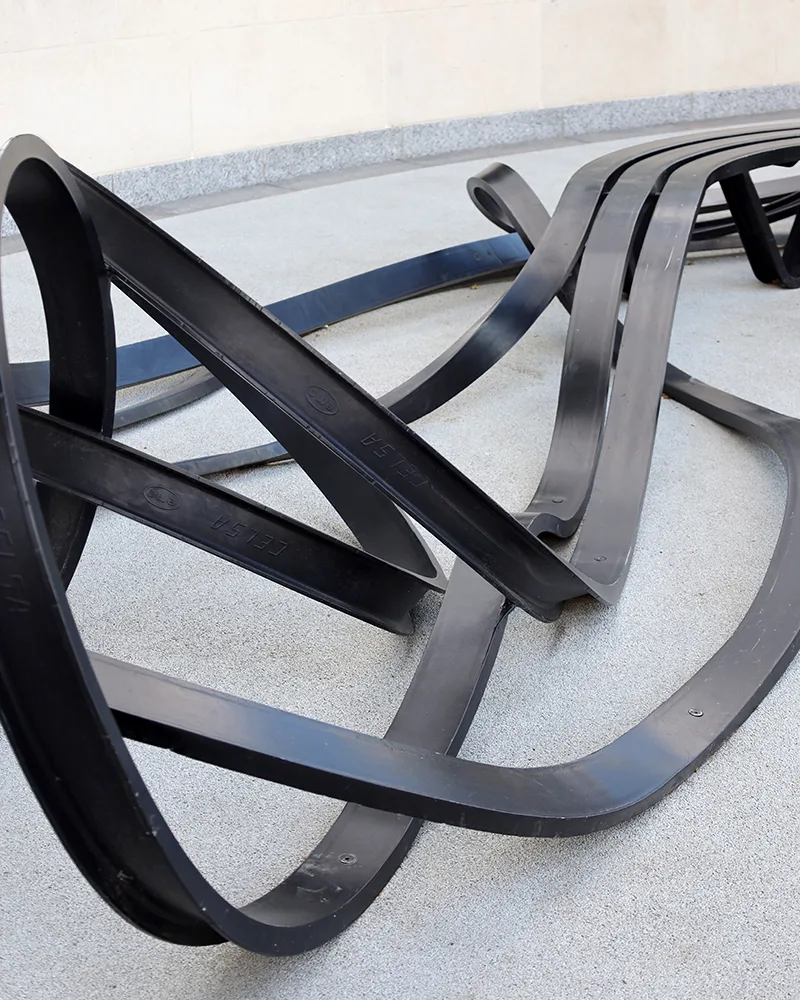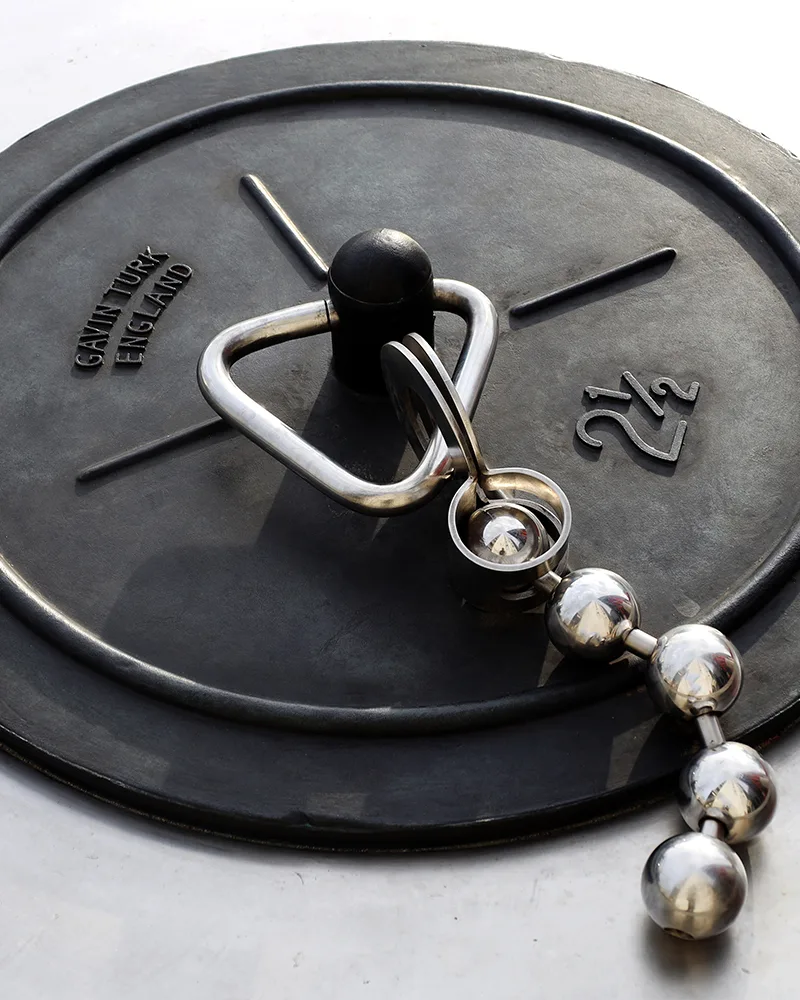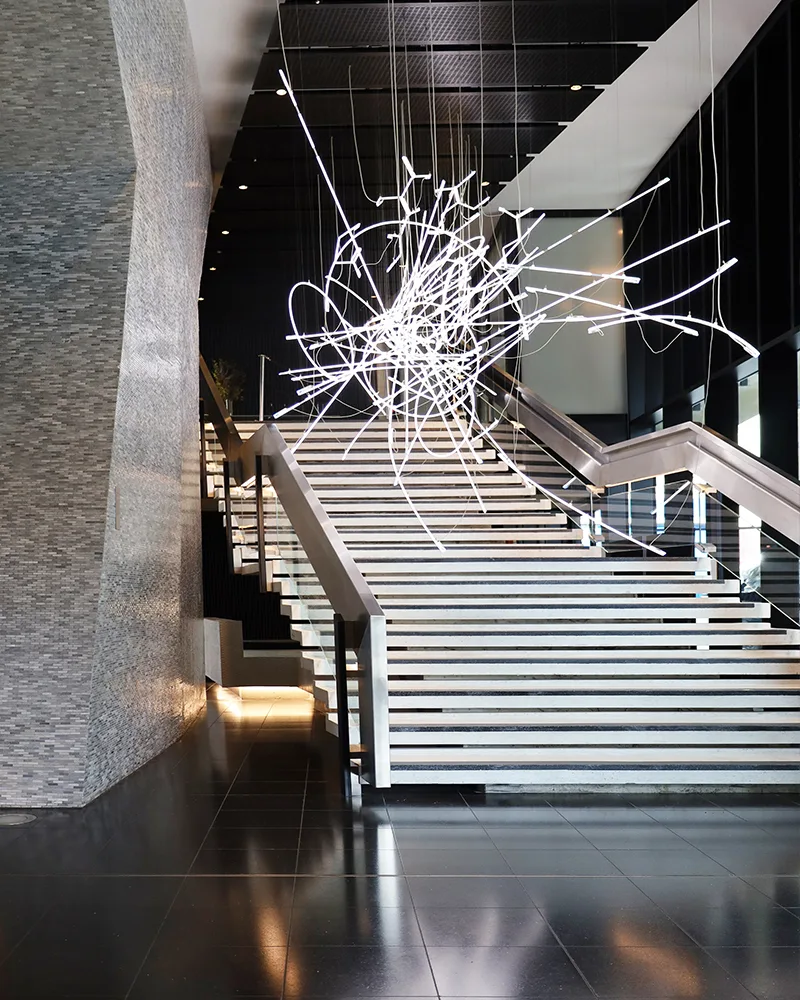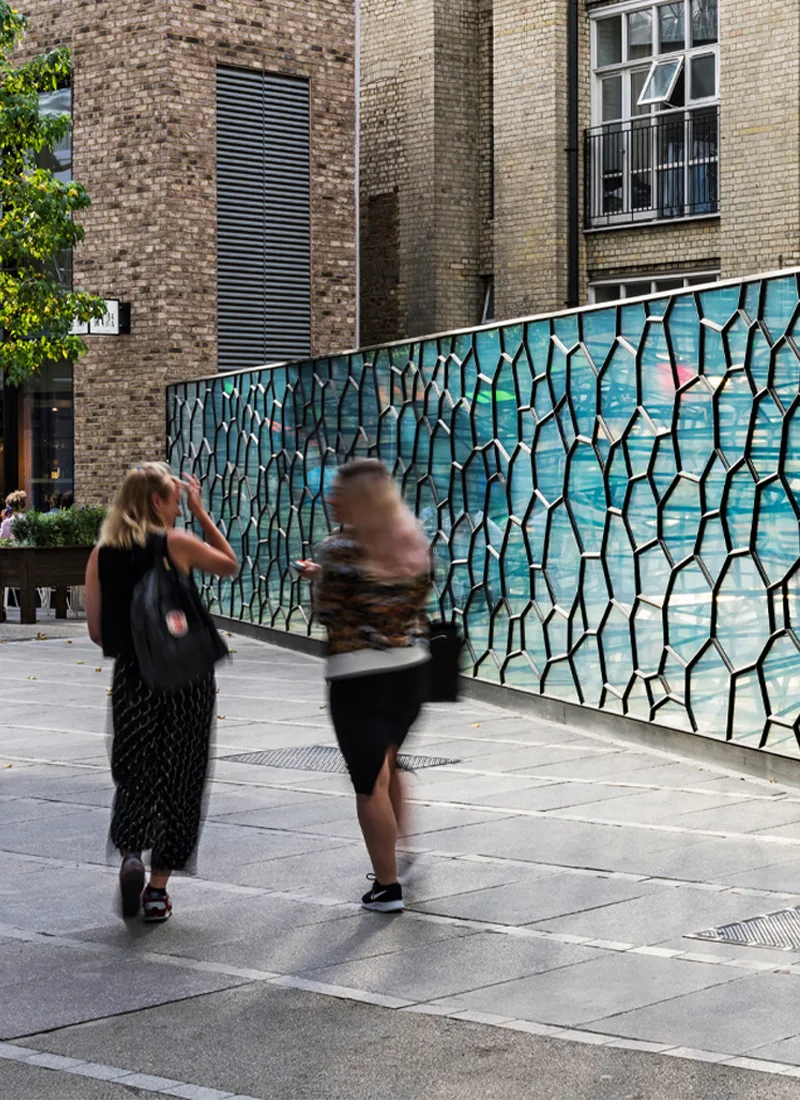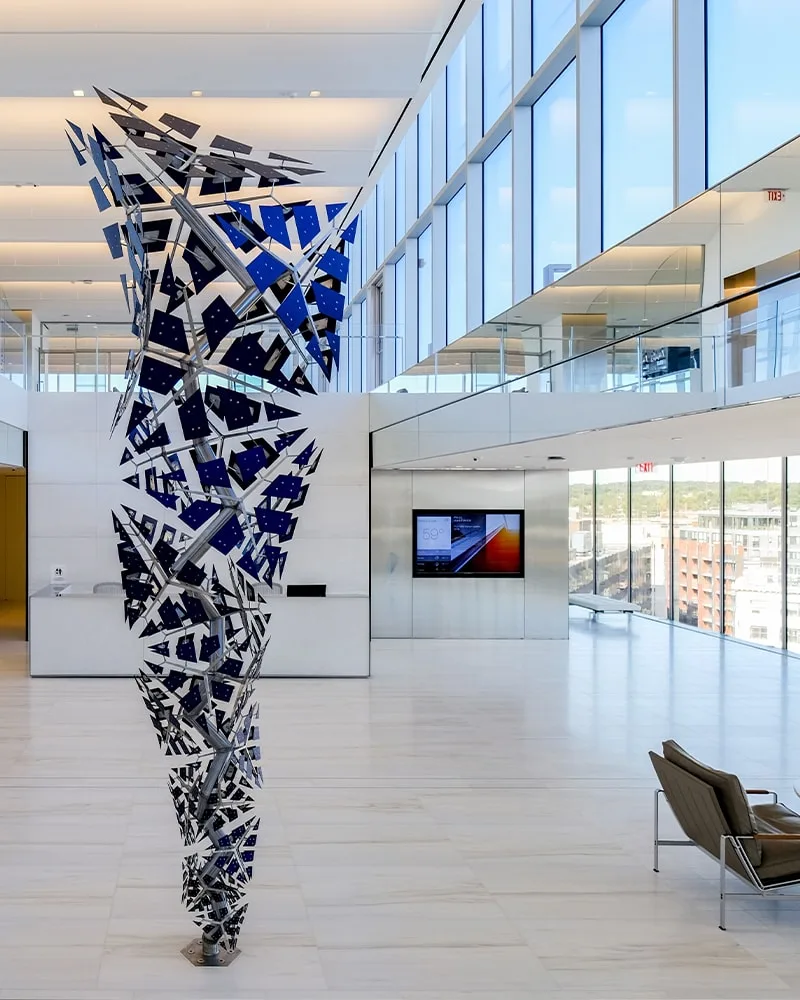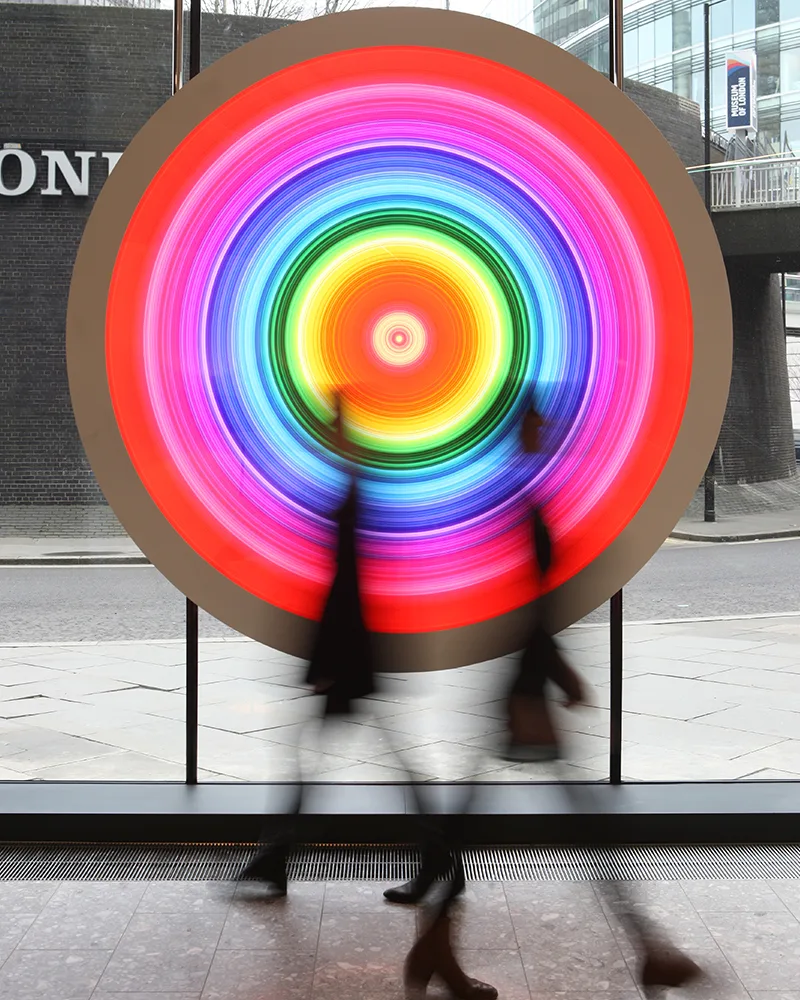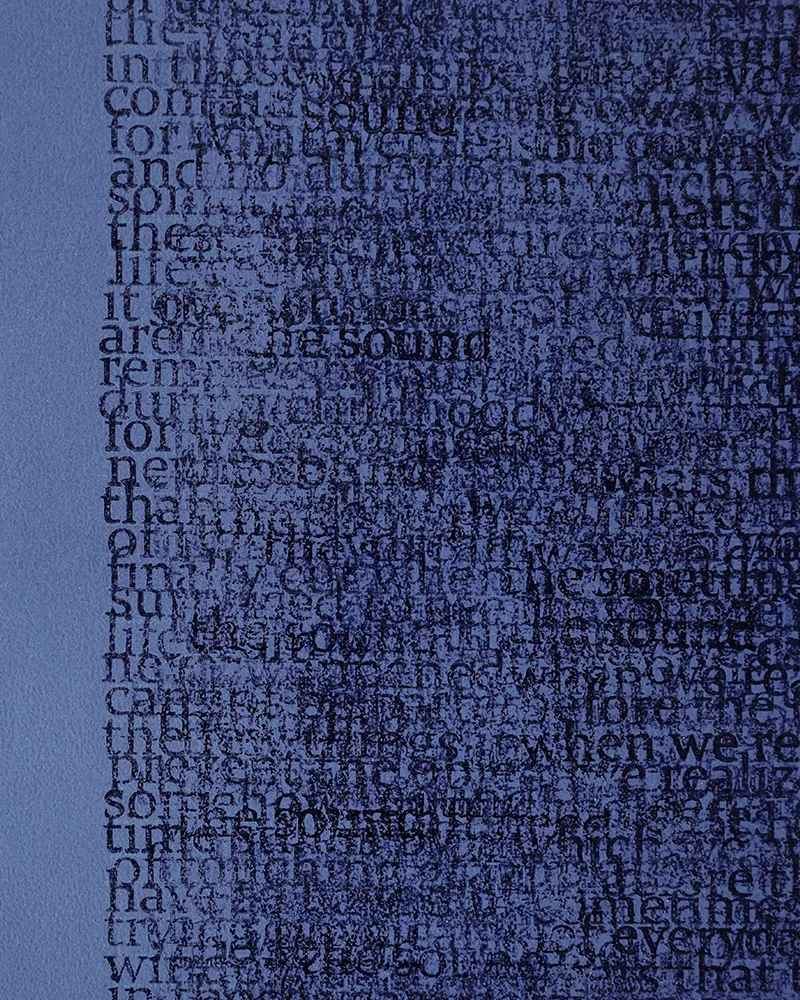
Idris Khan
Integration Of Hope
Idris Khan
‘Integration of hope’ 2021
9m x 2.8m
Oil and Gesso
Integration of Hope is an enveloping site specific gesso and oil wall painting by Idris Khan. Made with 15 layers of handmade gesso consisting of slate dust, marble dust, Prussian blue and ultramarine pigments create the background and then stamped with words using the artist’s studio made wood blocks with oil paint.
Khan has often drawn inspiration from key philosophical and theological texts in his work, yet increasingly his own writings have become a conduit for investigating memory, creativity and the layering of experience. Unified by the use of the colour blue, the wall painting features passages of texts in which Khan expresses thoughts, feelings and responses to diversity and inclusion. Diaristic in nature, these texts, once repeated and layered in sonorous blue oil, are distilled, a number of fragmentary experiences and disparate ideas becoming a single image. In this manner, while Khan ultimately eradicates the meaning of the original text, he constructs an abstract and universal language. Having grown up as mixed race Muslim in Birmingham this painting combines language of hope and diversity and by the very nature of working with 4 assistants to make the painting who were from Korea, Romania, Wales and England celebrates the energy of inclusion and talent from around the world.
More information
Read
‘ I like the perception of seeing the painting from a distance. It looks like blocks of colour, and as you get closer you see the words being revealed. Gesso is a very absorbent surface, so the first layer sinks into it, almost freezing the words in time. And then as I layer, the language is eradicated. Often people ask me what’s written, but in the end it doesn’t matter. The words are there at the start of the process, but as I make the paintings, the words lose their meaning, and what’s left is an abstract painting of internalised thoughts. The horizontal band moves around the wall liken a horizon line and I’m inviting the viewer to fall into the words, colour and marks and bring their own thoughts and emotions to them.’
It is in this contemplative space that both the processes of Minimalist art and allusions to the role of repetition as a vehicle for transcendence and a conduit of the sublime.
